About Anatolian Magic Carpets
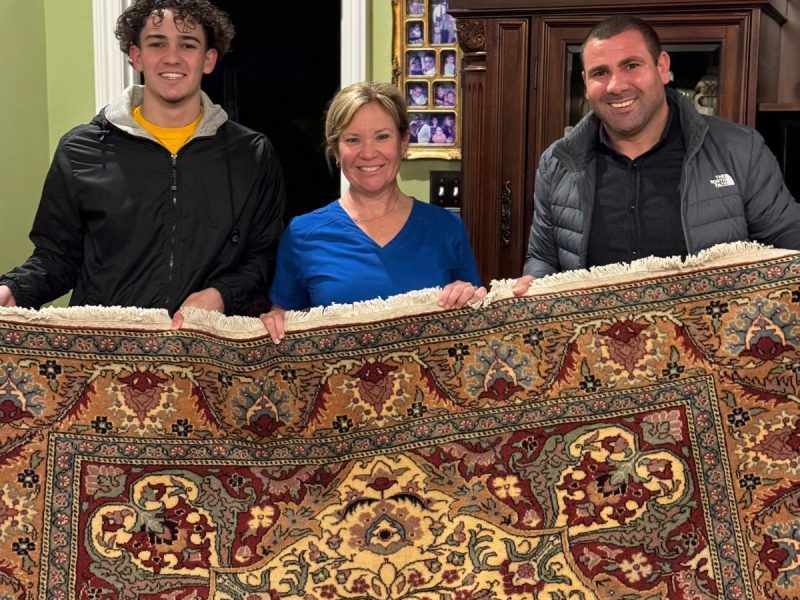
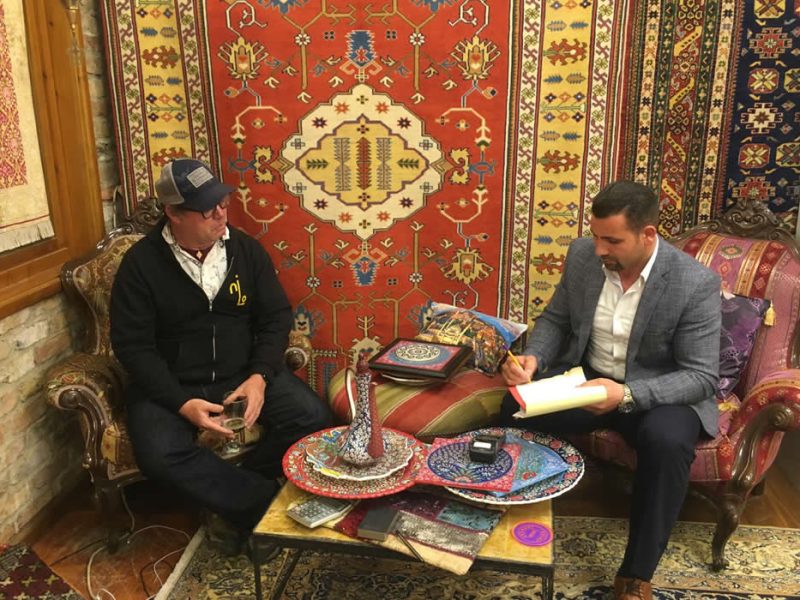
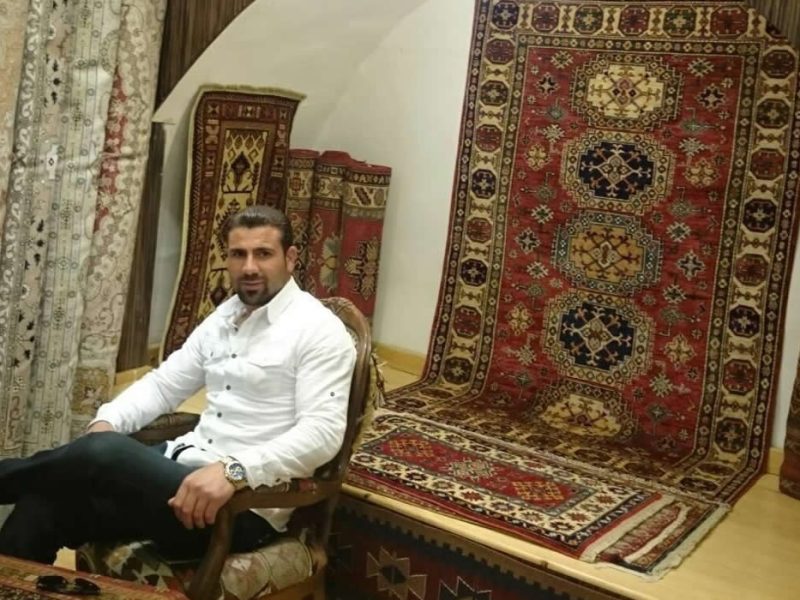
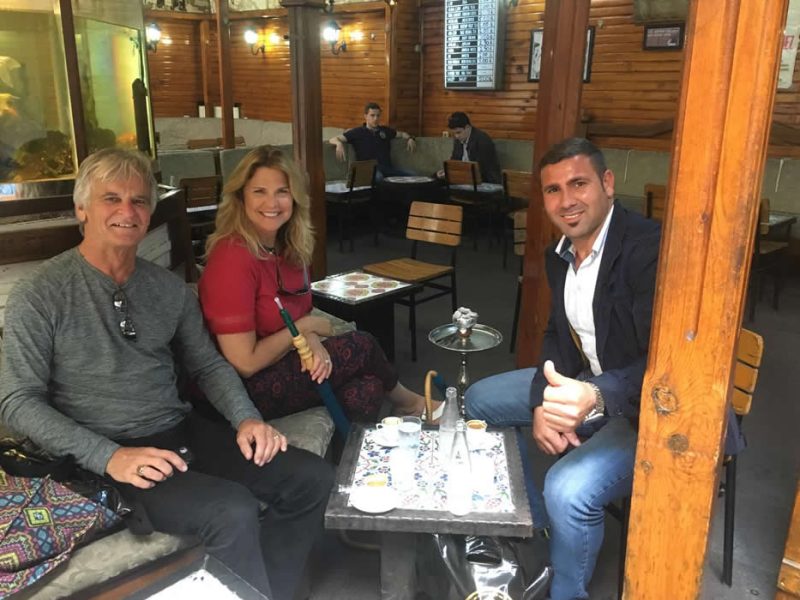
Turkish handcrafts in Anatolia
The word of Anatolia comes from word in Greek ‘’Anatoli’’ which means where sun is born.
Handcrafts is a type of traditional work where useful and decorative goods are made completely by hand or by using only simple tools. Handcrafts are significant documentations of cultural personality of one country. The Traditional Turkish Handcrafts formed the richest mosaic combining cultural heritages of many civilizations with main values.
The culture of most of civilizations which survived in Anatolia, after the settlement of Turks continued by a new synthesis of Turkish handcrafts. For this reason, the origin of Turkish handcrafts is based on very old time and carries grand significance from the point of social and cultural view. Traditional Turkish Handcrafts are sorted such as carpet and kilim labor, weaving, pottery, ceramic pottery, musical instruments making, wood crafting.
Weaving is one of our most important handcrafts, raw materials of weaving such as wool, cotton, silk form main elements of Textile Sector . Weaving in most of the regions of Anatolia has been a source of livelihood during the years.
Embroideries, elegant examples of handcrafts are called with different names according to the techniques and tool used in design. These tools can be listed as needle, crochet, hairpin, wool, candle, cocoon.
As well as embroideries, jewelries are accessories which are used with traditional costumes and clothes. All civilizations lived in Anatolia produced important works with artistic quality with precious and semi-precious stones and metals.
Another branch of art which is developed depending on Architecture is a Tile Art. Tile Art started with Selcuks in Anatolia. Kutahya is a capital city of Tile Art during the period of Selcuks and Ottoman and stil reflects bright past of this art. The Art of Tile and Ceramics has gained a worldwide reputation with an excellent creative labor.
Materials used in woodworking is walnut, apple, pear, cedar and rose tree. Wooden goods processed with techniques such as inlay, painting, tapping, relief-carved, cage are still being used in today.
The production of glass eye-catcher among the finest examples of glassworks obtained from civilizations of Anatolia was realized by craftsmen in village of Izmir-Görece. It is possible to see these glass eye-catchers, believed to attract the attention of glances in different object directed into one object or living, on each side of Anatolia.
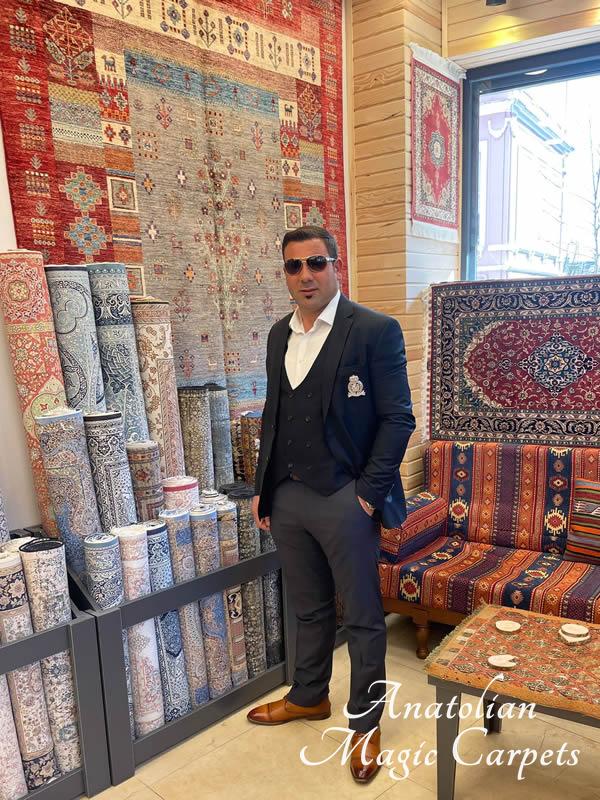
What's our story
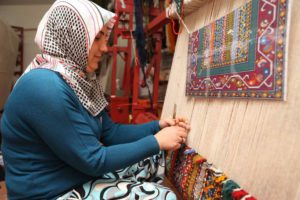 Authentic and handmade, beautiful and sumptuous carpets now available on-line.
Authentic and handmade, beautiful and sumptuous carpets now available on-line.
Based in Istanbul with free world-wide shipping.
Anatolian carpets, with their ancient and respected traditional means of tight weaving, are not only beautiful but hard wearing and long lasting. Available in either silk or wool/cotton mix, in a large variety of colours and sizes.
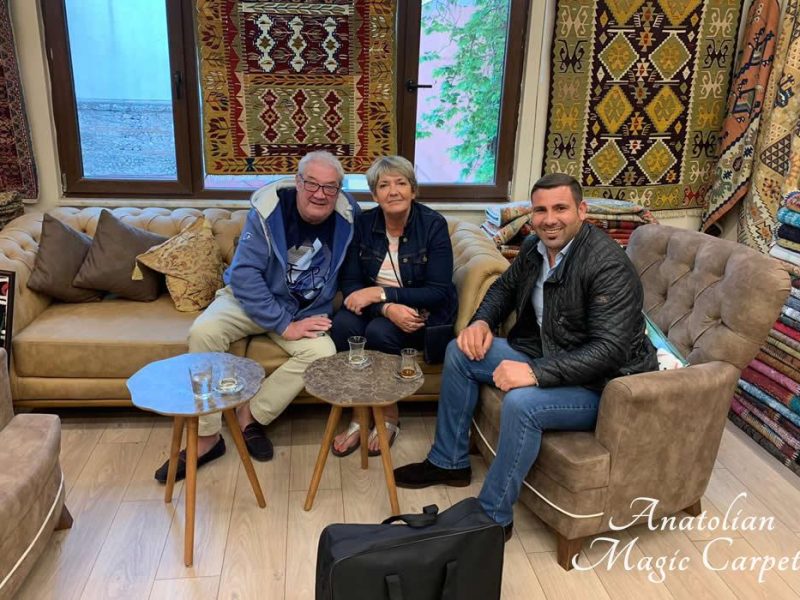
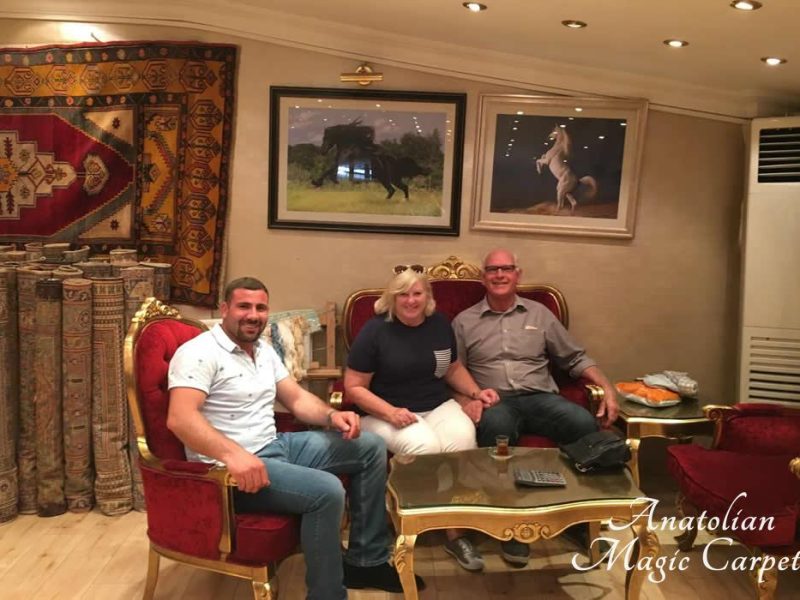
Anadolu’da Türk el sanatları
Anadolu kelimesi Yunanca’da Güneş’in doğduğu yer anlamına gelen ‘’Anatoli ‘’ kelimesinden gelmektedir.
El sanatları kullanışlı ve dekoratif eşyaların tamamı ile basit araçlar kullanarak ya da el ile yapıldığı geleneksek bir çalışma biçimidir. El sanatları bir ülkenin kültürel kişiliğinin önemli dokümantasyonlarıdır. Geleneksel Türk El Sanatları, temel değerler ile birçok medeniyetin kültürel miraslarını birleştirerek zengin bir mozaik oluşturmuştur.
Anadolu’da yaşamış birçok medeniyetlerin kültürü, Türklerin yerleşmesinden sonra Türk El Sanatları’nın yeni sentezi ile devam etti. Bu nedenle, Türk El Sanatları’nın kökü çok eskiye dayanır ve sosyal ve kültürel açıdan büyük önem taşımaktadır. Geleneksel Türk El Sanatları halı, kilim işçiliği, dokuma, çinicilik ve seramik, müzikal aletlerin yapımı, ahşap işçiliği.
Dokuma en önemli el sanatları’ndan biridir. Dokuma’nın koton, ipek, yün gibi ham maddeleri Tekstil Sektörü’nün önemli unsurlarını oluşturur. Dokuma Anadolu’nun birçok bölgesinde yıllarca yaşam kaynağı olmuştur.
İşlemeler, el sanatları’nın zarif örnekleri, tasarımda kullanılan alet ve tekniklere göre farklı isimler ile adlandırılır. Bu araçlar iğne, tığ, firkete, yün, mum, koza olarak adlandırılabilir.
İşlemelerin yanı sıra mücevherler geleneksel kostüm ve elbiseler ile kullanılan aksesuarlardır. Bütün Anadolu’da yaşamış medeniyetler değerli ya da yarı değerli taş ve metaller ile artistik kalite ile önemli çalışmalar ürettiler.
Mimariye bağlı olarak gelişmiş sanatın diğer bir dalı da Çini Sanatı’dır. Çini Sanatı Anadolu’da Selçuklular ile gelişti. Selçuklu ve Osmanlı Dönemi boyunca Kütahya Çini Sanatı’nın baş şehridir ve hala bu sanatın parlak geçmişini yansıtır. Çini ve Seramik Sanatı mükemmel yaratıcı işçiliği ile dünya çapında bir üne kavuşmuştur.
Ahşap işçiliğinde kullanılan malzemeler ceviz, elma, armut, sedir, gül ağacı gibi malzemelerdir. Ahşap eşyalar hala bugün kakma, boyama, vurma, kabartma-oyma, kafes gibi teknikler ile işlenir.
Anadolu Medeniyetleri’nden elde edilen cam işçiliğinin en iyi örneklerinden nazar boncuğunun üretimi İzmir-Görece köyündeki ustalar tarafından gerçekleştirilmiştir. Yaşayan bir şey ya da bir nesneye doğru yönelen bakışları başka yöne çektiğine inanılan bu nazar boncuklarını Anadolu’nın her bir yerinde görmek mümkündür.
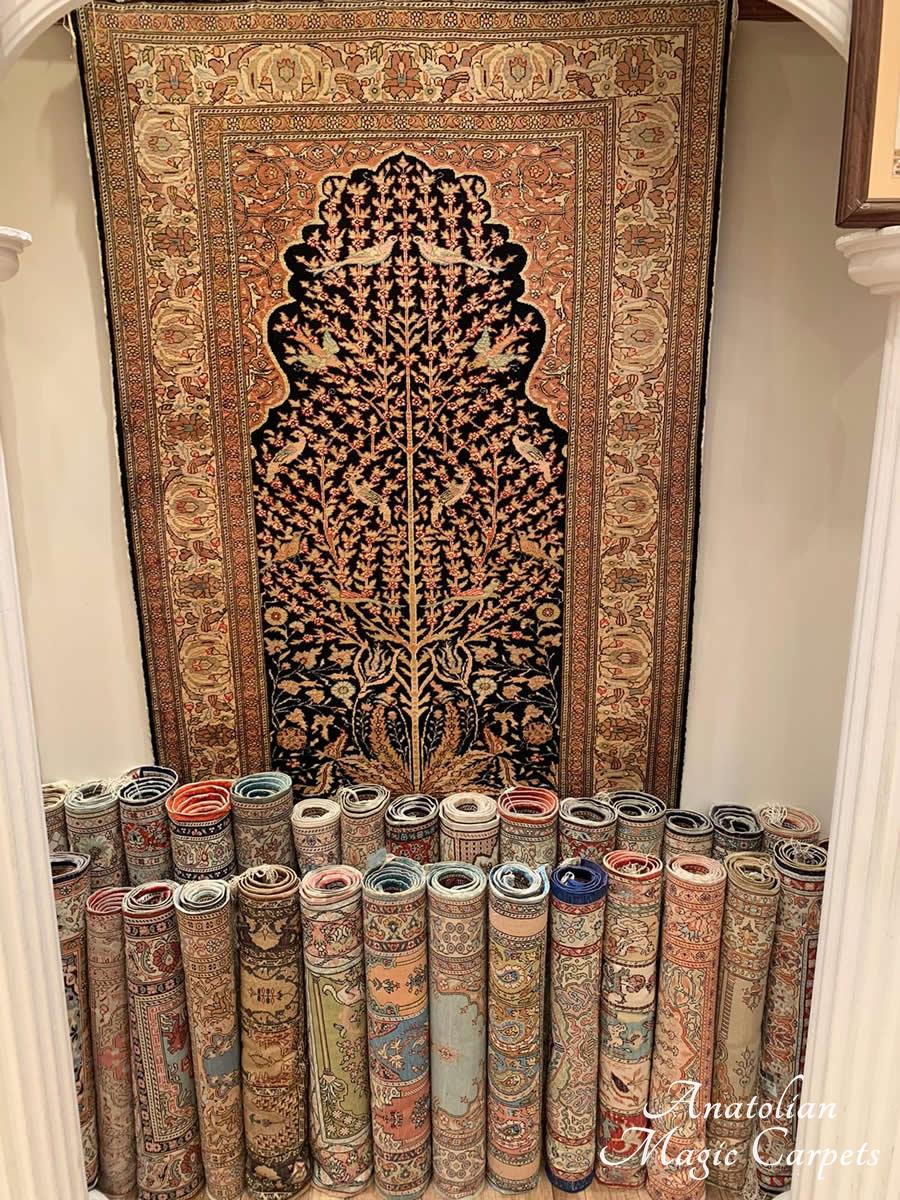
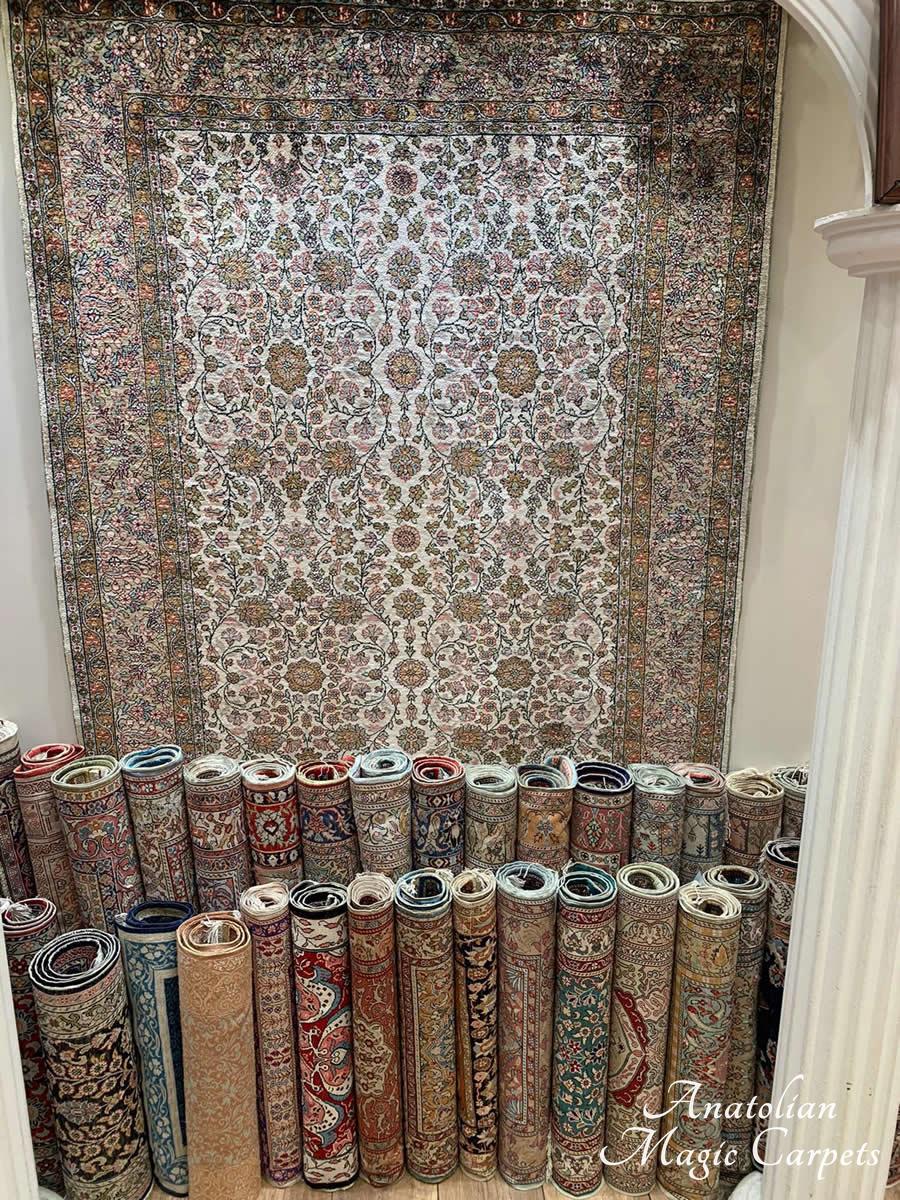
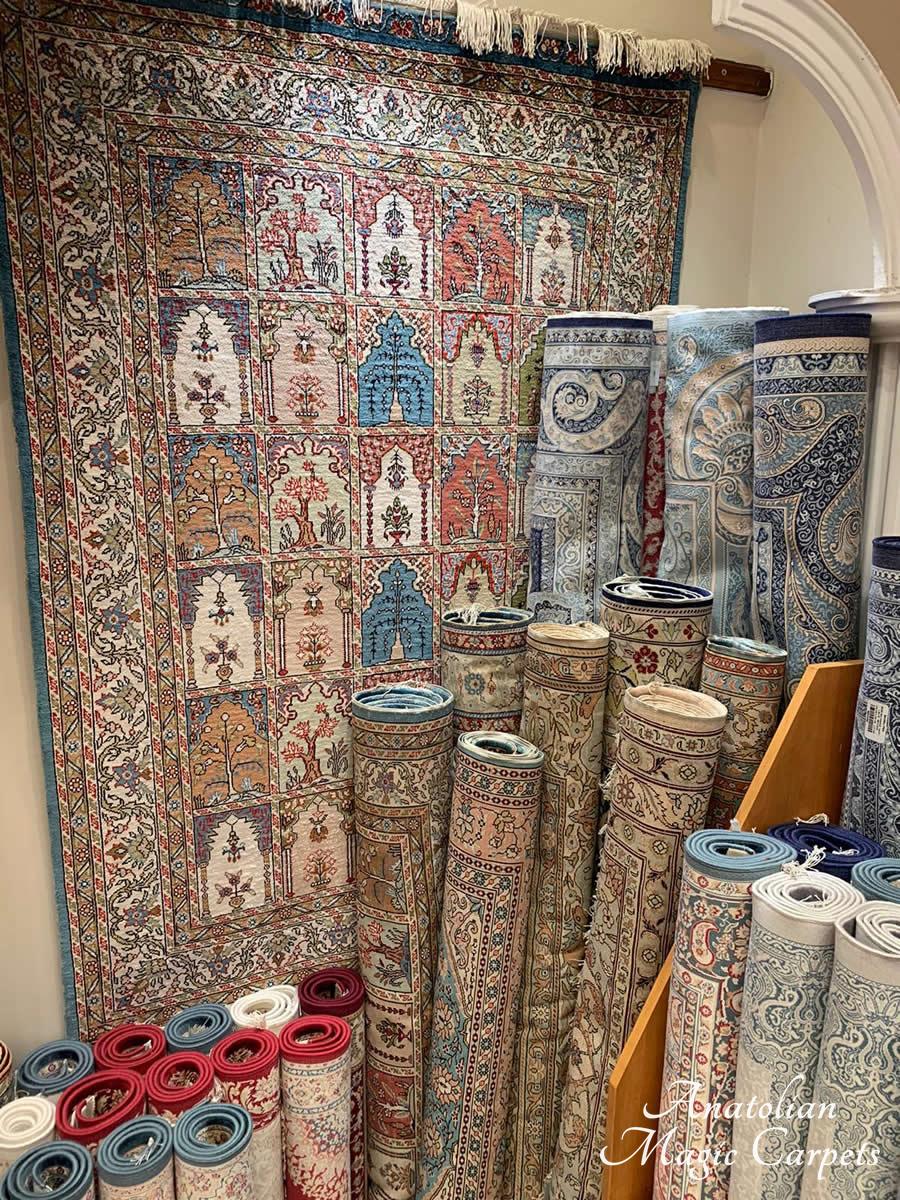
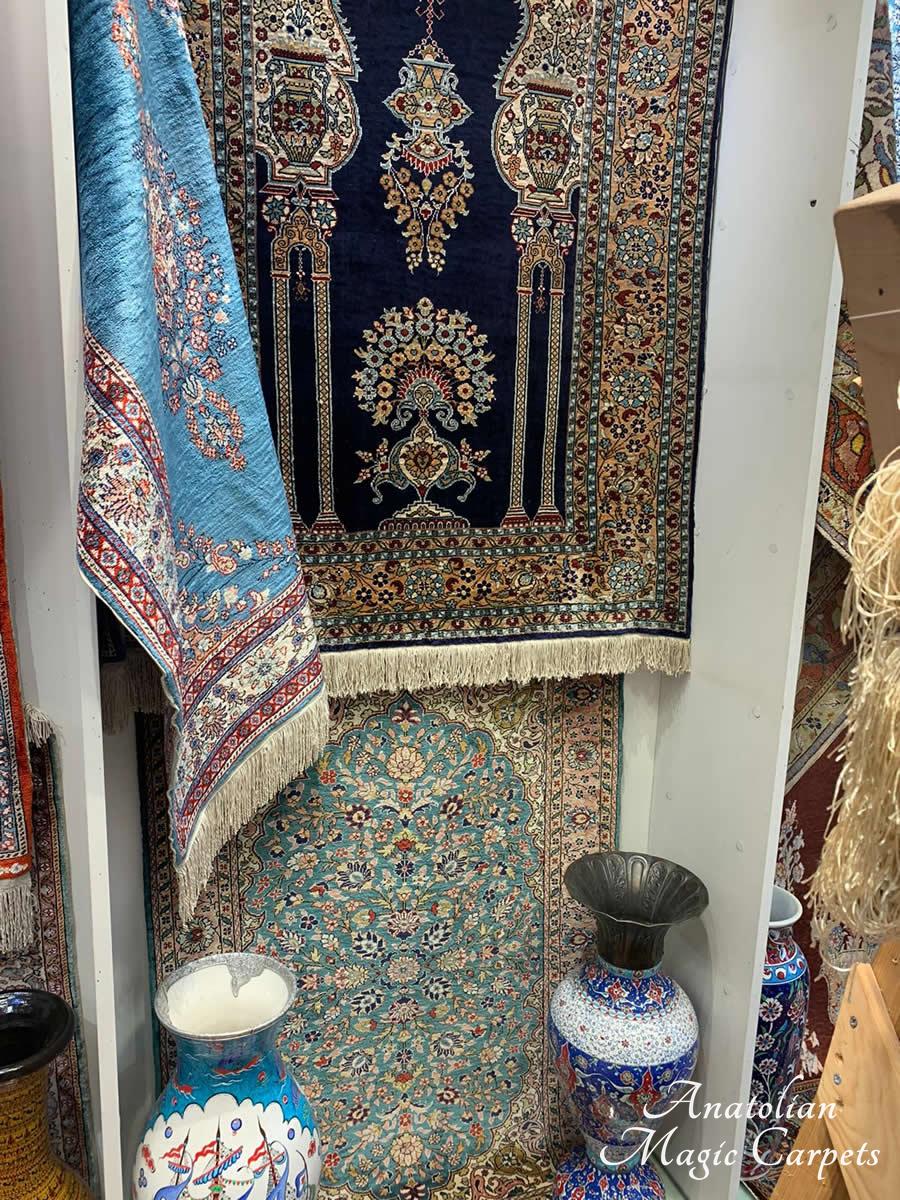
Collection Service
Anatolian Magic Carpets offer a collection service in one of our luxury vehicles.
We will come and pick you up from your hotel, and bring you to the shop so your can choose your hand made carpets, and sit down and discuss your requirements with our staff.
Once you are finished and ready to leave, we will drive you back to your hotel.
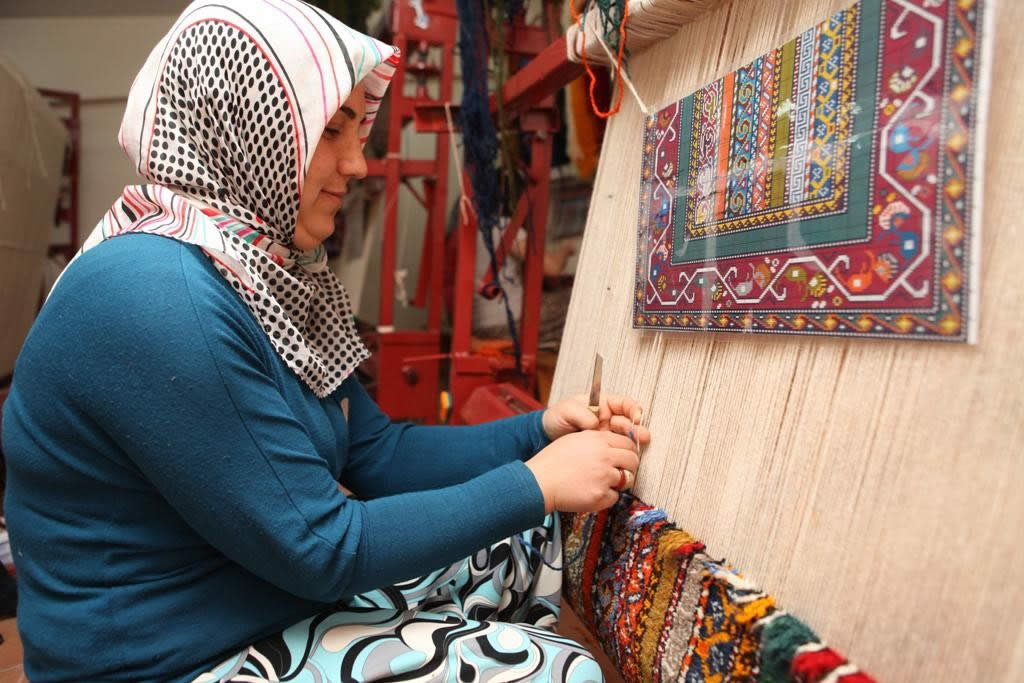
What's our story
Authentic and handmade, beautiful and sumptuous carpets now available on-line.
Based in Istanbul with free world-wide shipping.
Anatolian carpets, with their ancient and respected traditional means of tight weaving, are not only beautiful but hard wearing and long lasting. Available in either silk or wool/cotton mix, in a large variety of colours and sizes.
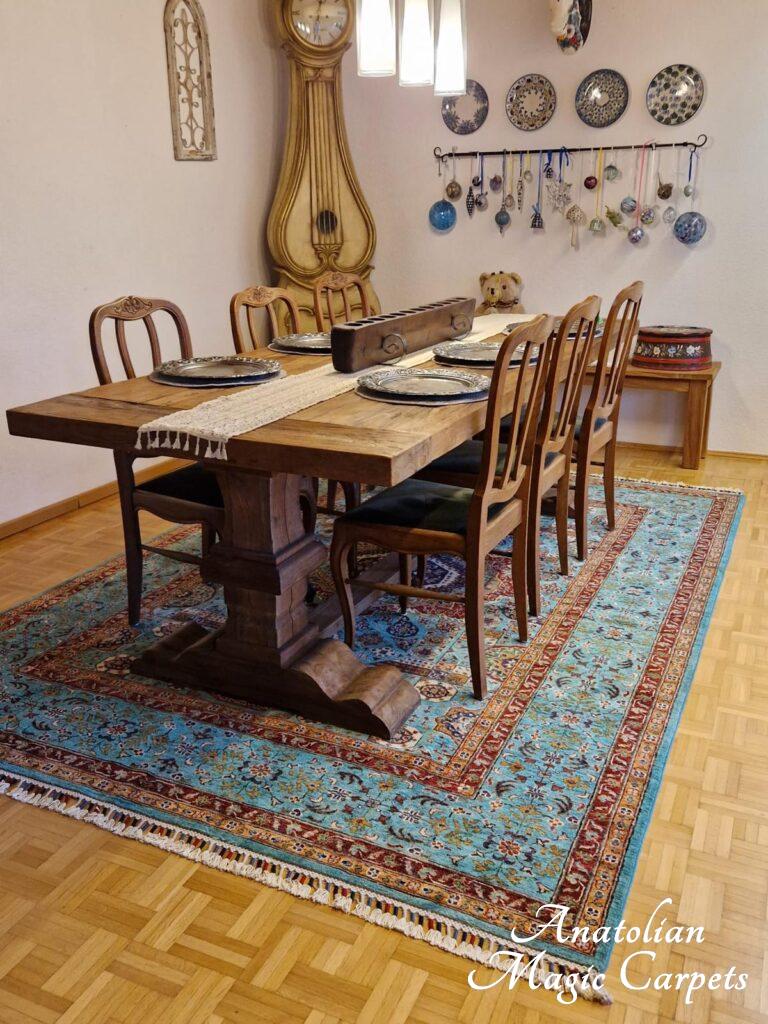
Collection Service
Anatolian Magic Carpets offer a collection service in one of our luxury vehicles.
We will come and pick you up from your hotel, and bring you to the shop so your can choose your hand made carpets, and sit down and discuss your requirements with our staff.
Once you are finished and ready to leave, we will drive you back to your hotel.
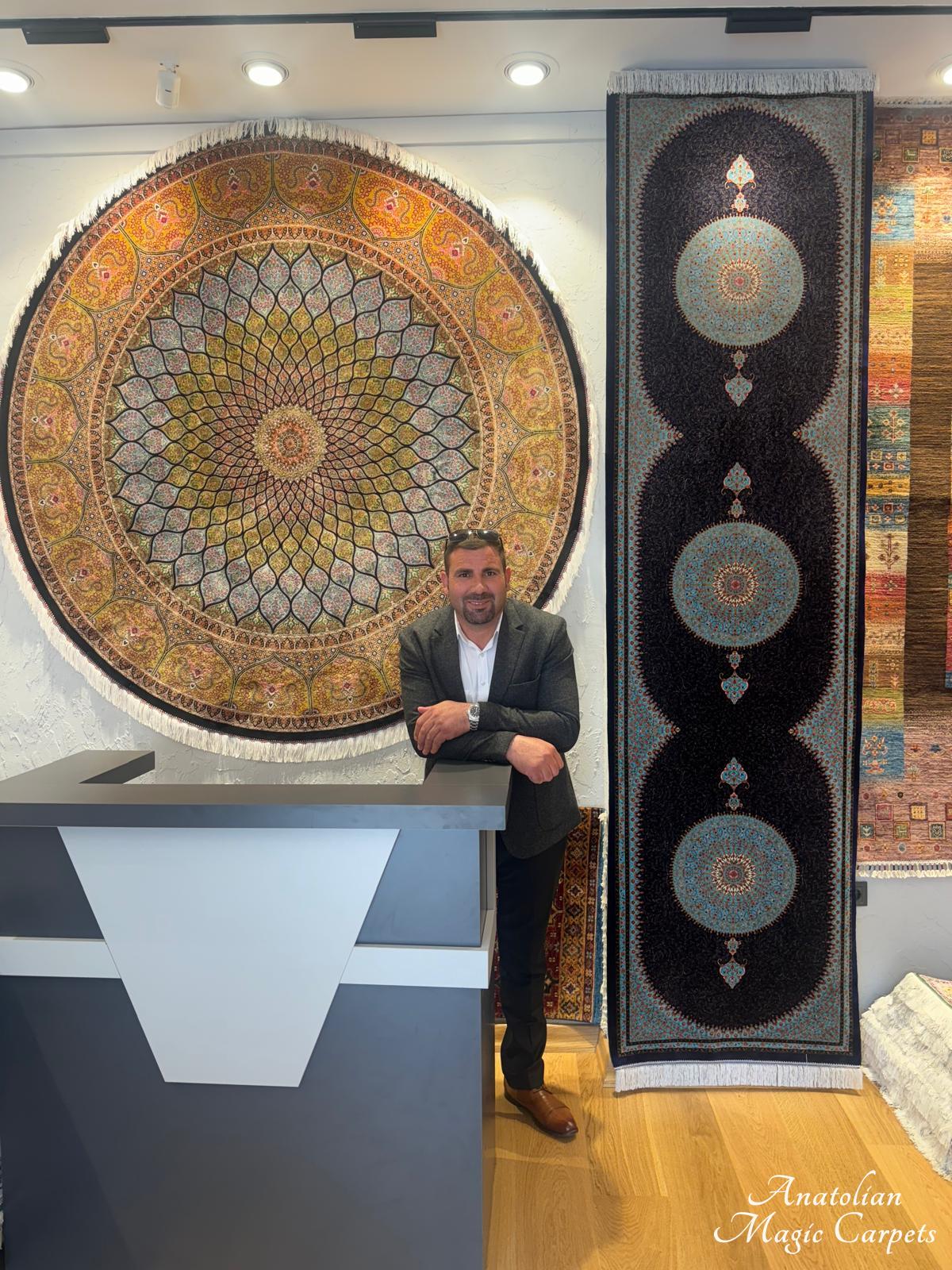
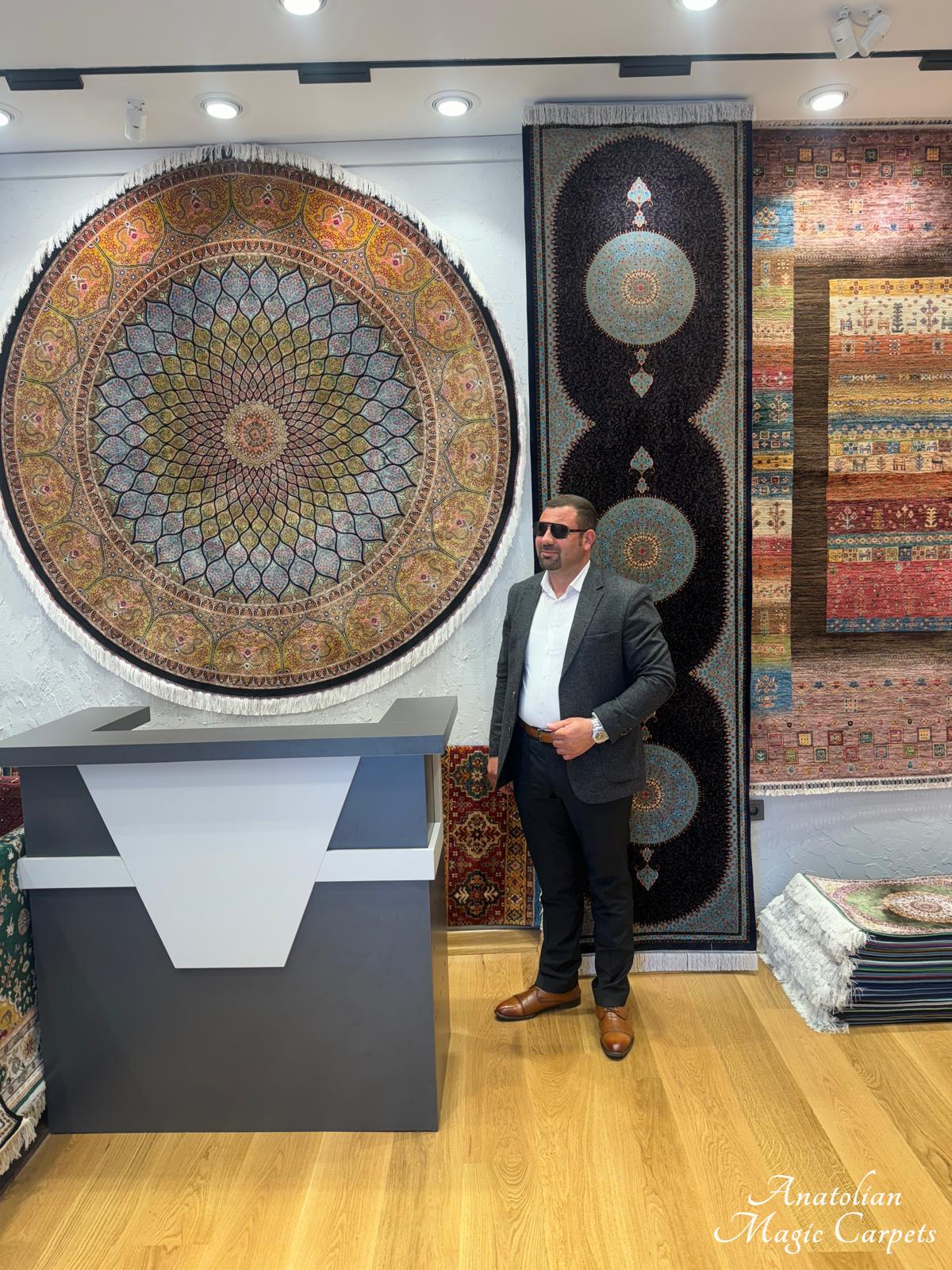
We are located in Istanbul, Turkey.
About Serafettin Kaymak
Owner and Manager
Serafettin is from Ararat, north eastern Turkey and has been based in Istanbul for several years. He has 20 years’ experience dealing with fine and antique Anatolian carpets, mainly using retail outlets in central Istanbul.
For those clients who are travelling to Turkey a personalised shopping experience can also be arranged by appointment, to take place in the historic and lively district of Sultanhamet in central Istanbul.
